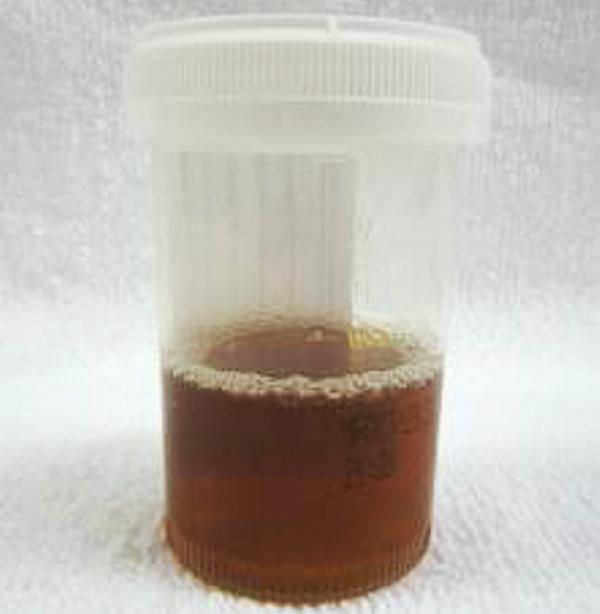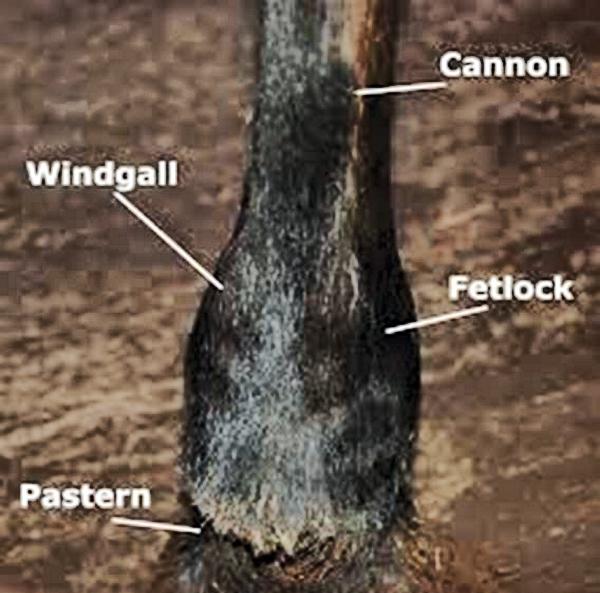This content is copyright protected!
However, if you would like to share the information in this article, you may use the headline, summary and link below:
Title: Hands On: Treatment of Windgalls
Last week Liz O’Flynn discussed the causes, signs and the appearance of the different types of windgalls in horses. Liz concludes the piece today with information on the treatment of windgalls
https://www.theirishfield.ie/hands-on-treatment-of-windgalls-161806





SHARING OPTIONS: